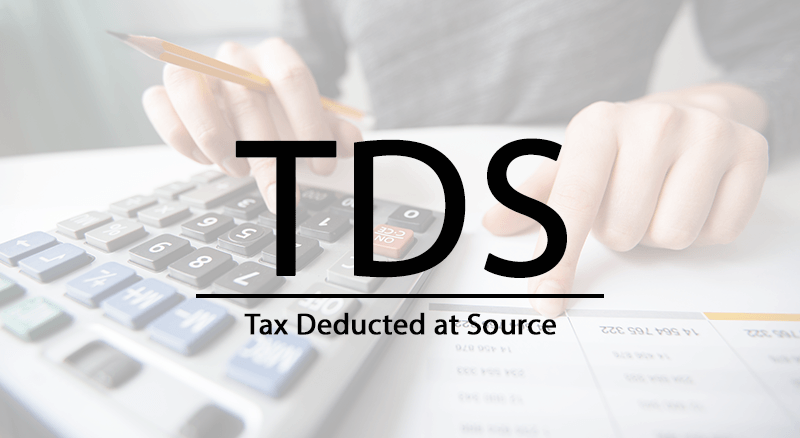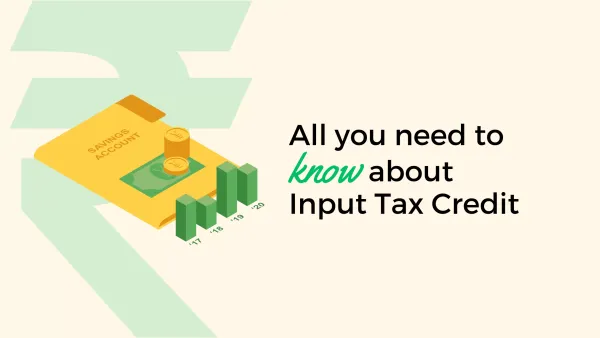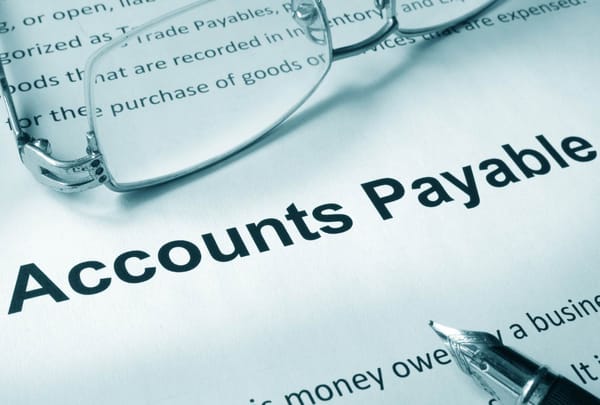Understanding Credit and Debit Notes in Accounting

1. Credit Note: An Overview
A Credit Note is a document issued by a seller to the buyer, indicating that the buyer's account has been credited for a specific reason. It serves as evidence that the buyer's account has been credited without the issuance of a receipt.
Reasons for Issuing a Credit Note:
- Return of Goods: When a customer returns goods to the supplier, a credit note is issued to acknowledge the return and credit the customer's account.
- Other Transactions: Credit notes can be issued for transactions not related to sales returns, such as interest payable by a business for late payments or special discounts provided.
- Response to Debit Note: A credit note can be issued in response to a debit note received by the business.
- Invoice Errors: If there's a mistake in a sales or purchase invoice, a credit note can be issued to correct it.
- Special Adjustments: For certain adjustments or transactions where a bill cannot be issued, a credit note is provided.
Contents of a Credit Note:
- Date of issuance
- Serial number
- Receiver's name and address
- Description of the transaction
- Details of returned items (if applicable)
- Amount (in words and figures)
- Signatures of the concerned authorities
2. Debit Note: An Overview
A Debit Note is a document issued when the account of a party needs to be debited, and no cash memo or invoice can be raised for such transactions. It serves as evidence of the reason for the debit entry.
Reasons for Issuing a Debit Note:
- Return of Goods: When a purchaser returns goods to the supplier, a debit note is issued by the purchaser to acknowledge the return and debit the supplier's account.
- Other Transactions: Debit notes can be issued for transactions not related to purchase returns, such as interest charged by a business for late payments or commission receivable.
- Response to Credit Note: A debit note can be issued in response to a credit note received by the business.
- Invoice Errors: If there's a mistake in a sales or purchase invoice, a debit note can be issued to correct it.
- Special Adjustments: For certain adjustments or transactions where a bill cannot be issued, a debit note is provided.
Contents of a Debit Note:
- Date of issuance
- Serial number
- Description of the transaction
- Details of returned items (if applicable)
- Amount (in words and figures)
- Signatures of the concerned authorities
3. Practical Illustrations:
Credit Note Example: If a customer returns goods worth $600 with a 5% sales tax, the total amount credited would be $630. The credit note would detail the cost of goods, the sales tax, and the total amount credited.
Debit Note Example: If a business charges interest on a late payment, a debit note can be issued for the interest amount. For instance, on a security deposit of $100,000 at 10% interest per annum, the interest amount would be $10,000, and a debit note would be issued for this amount.





